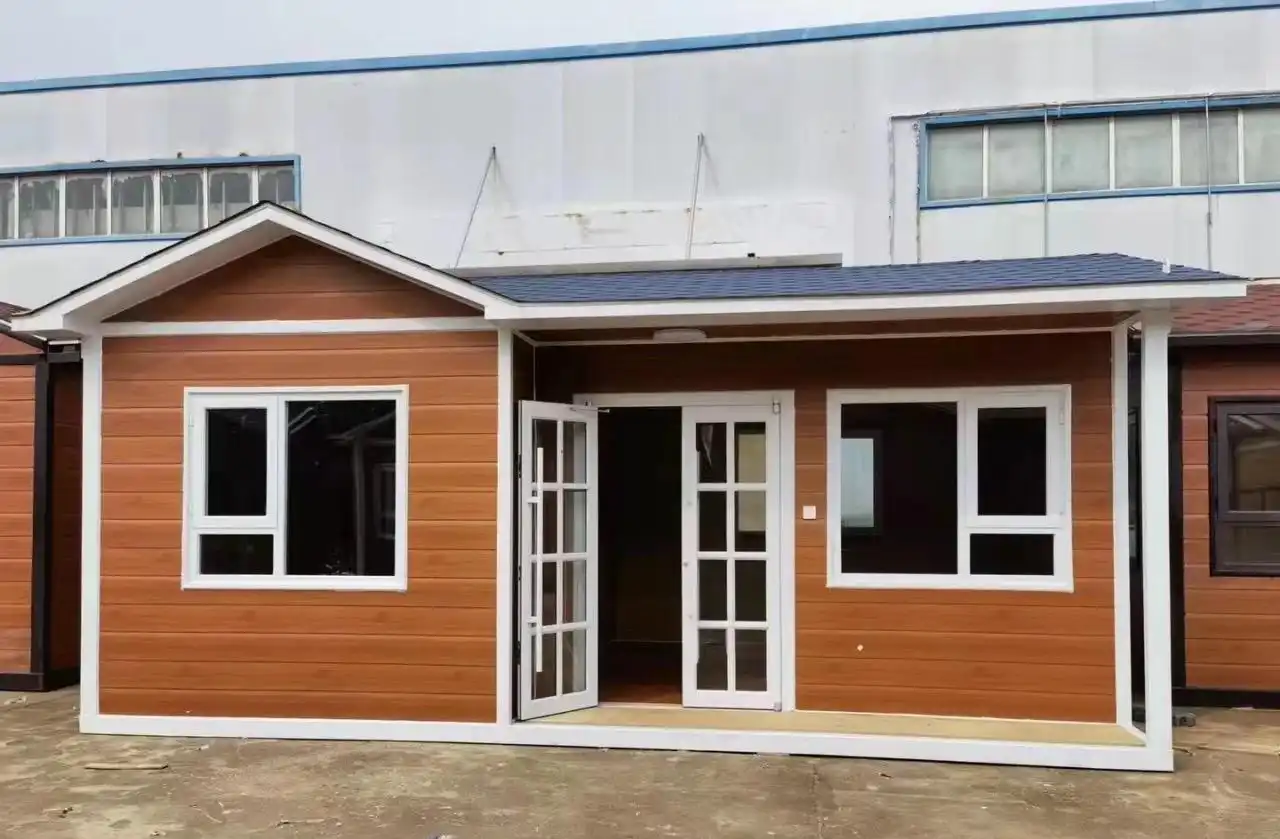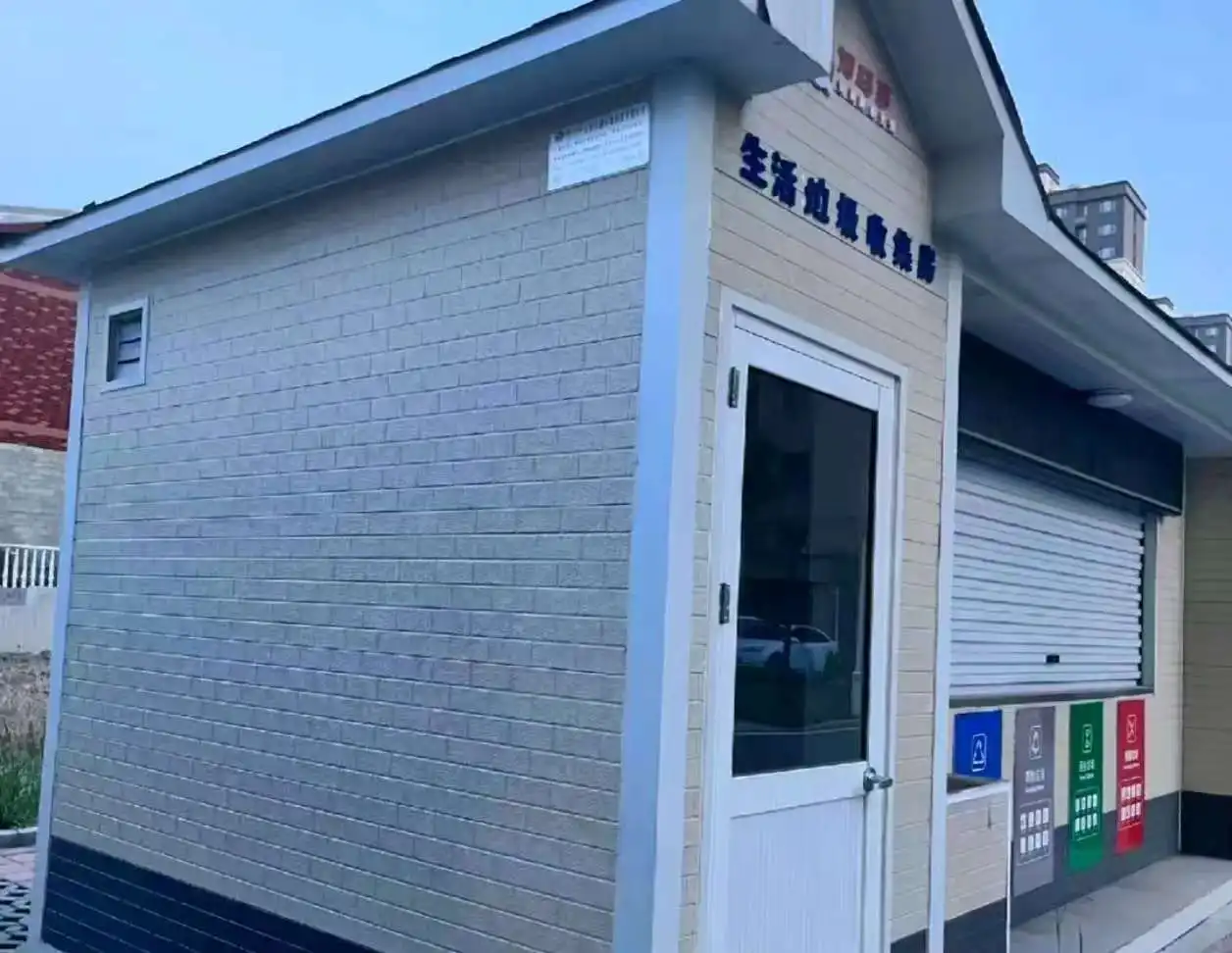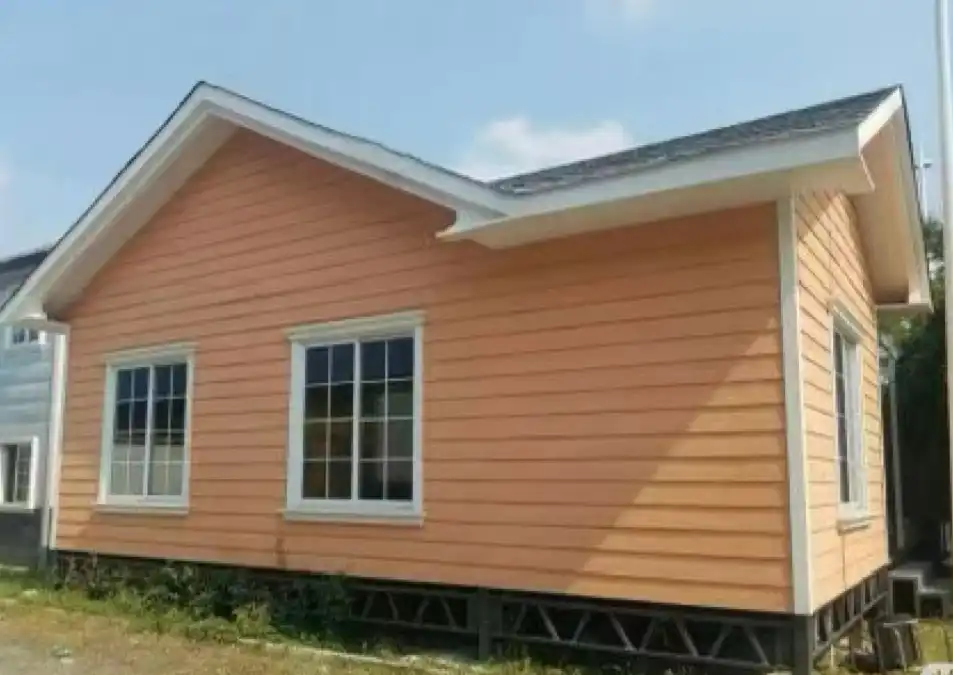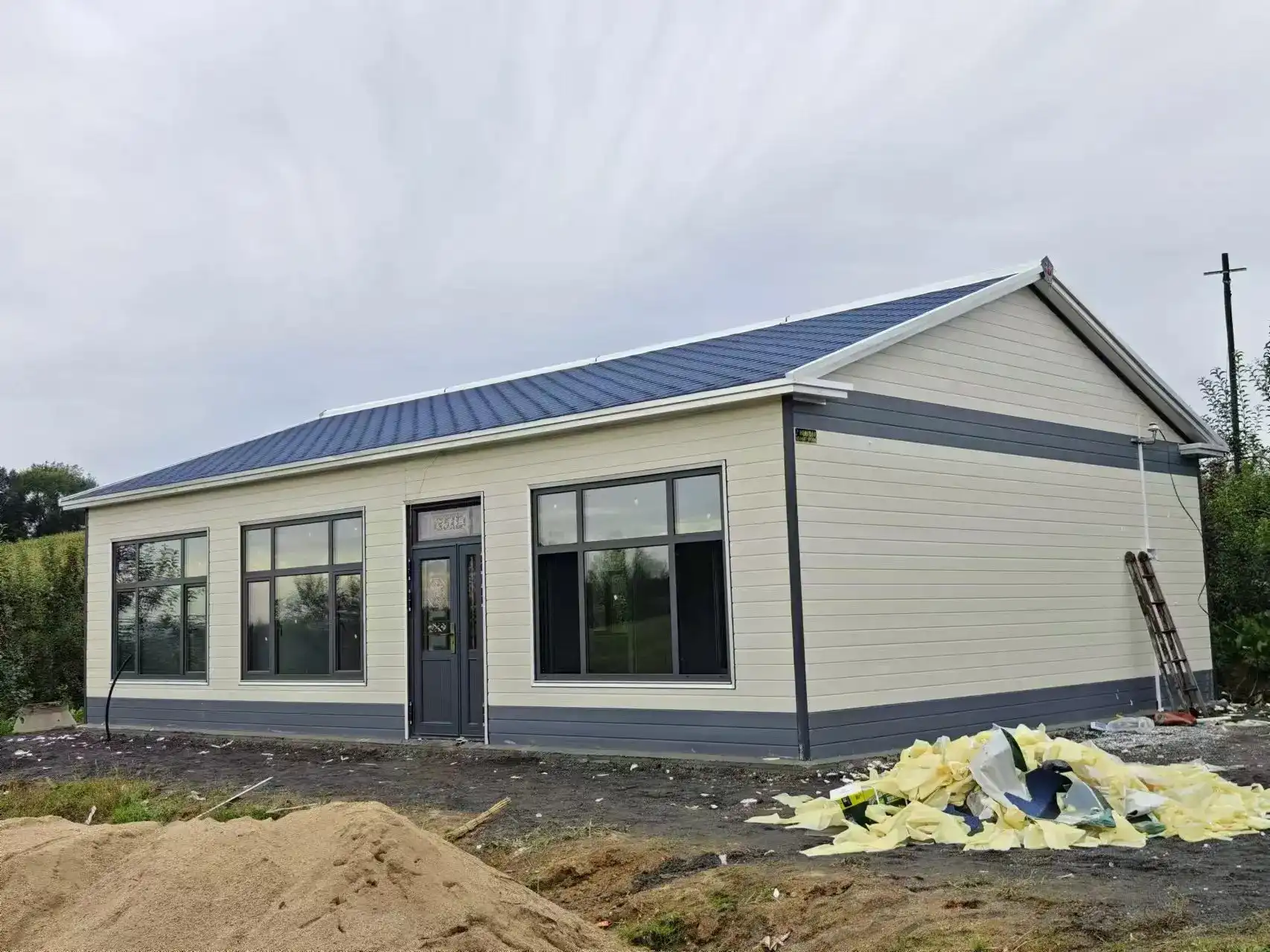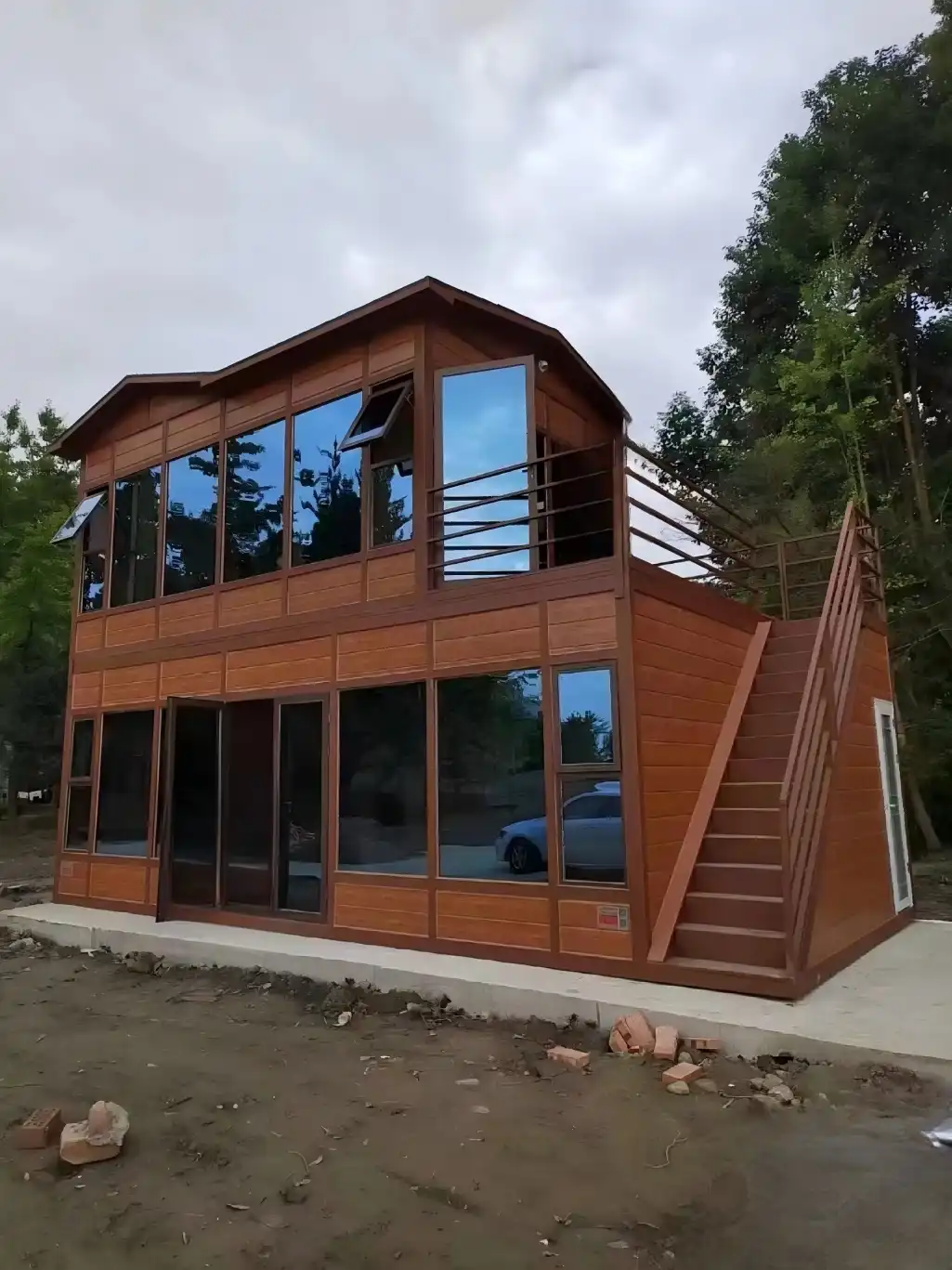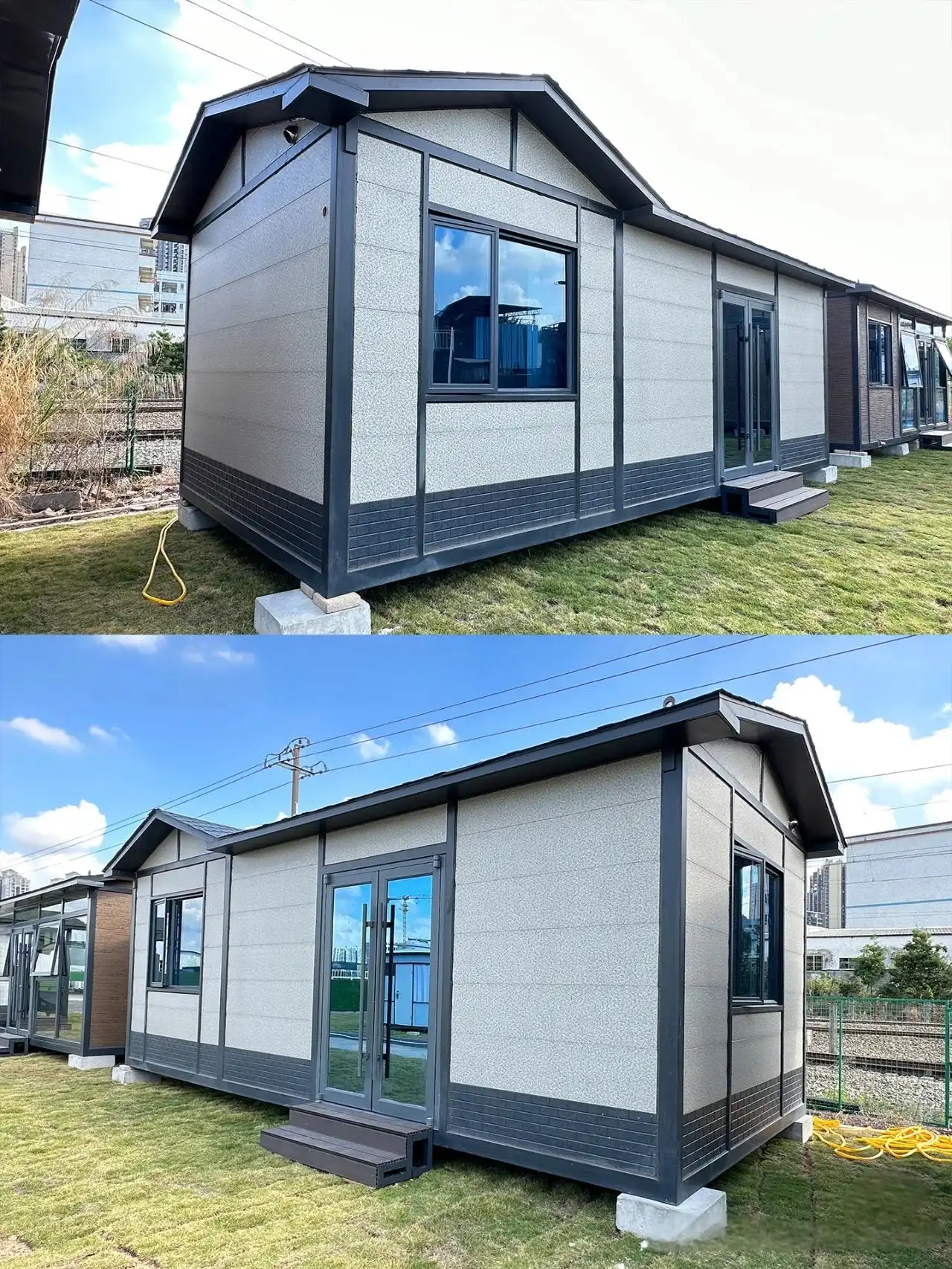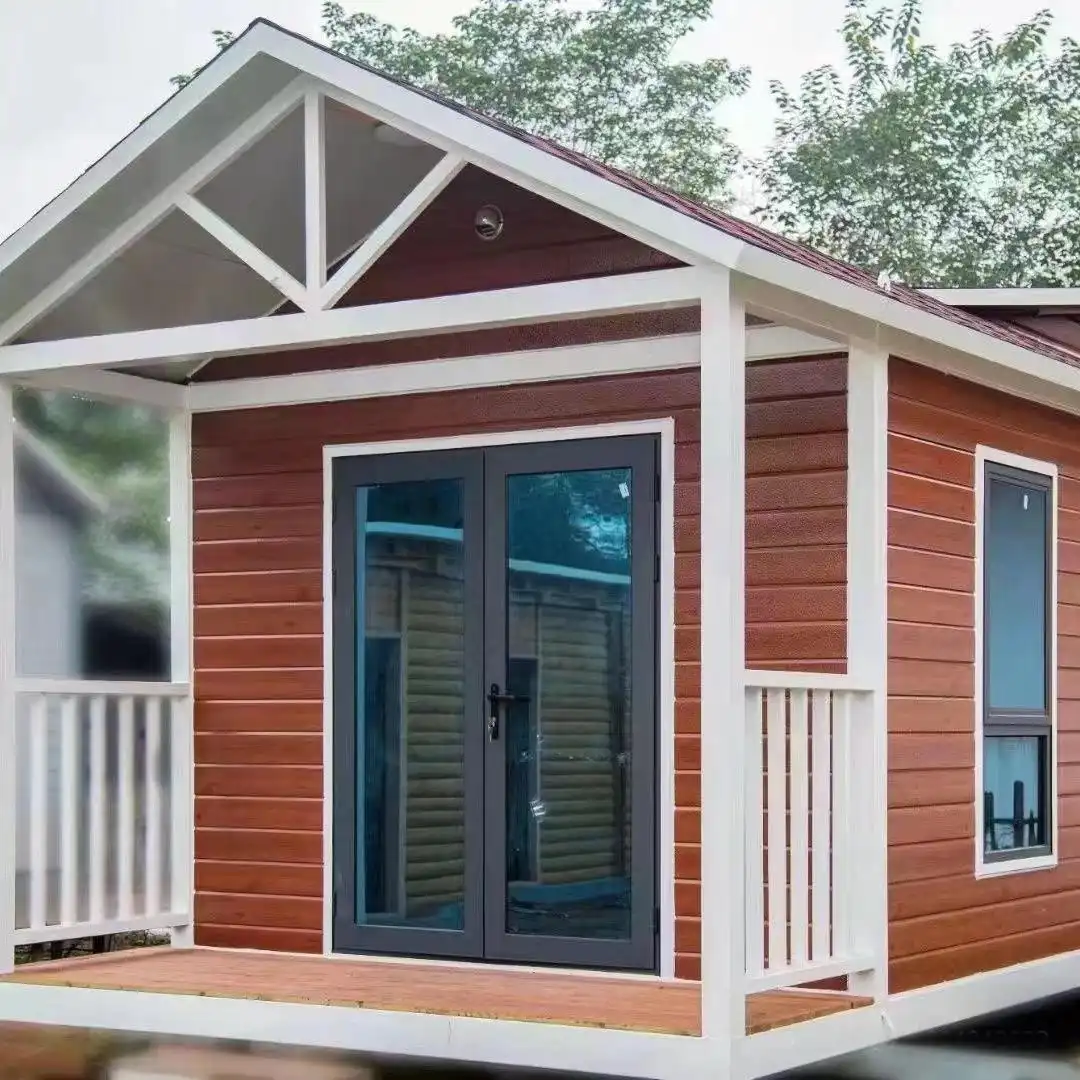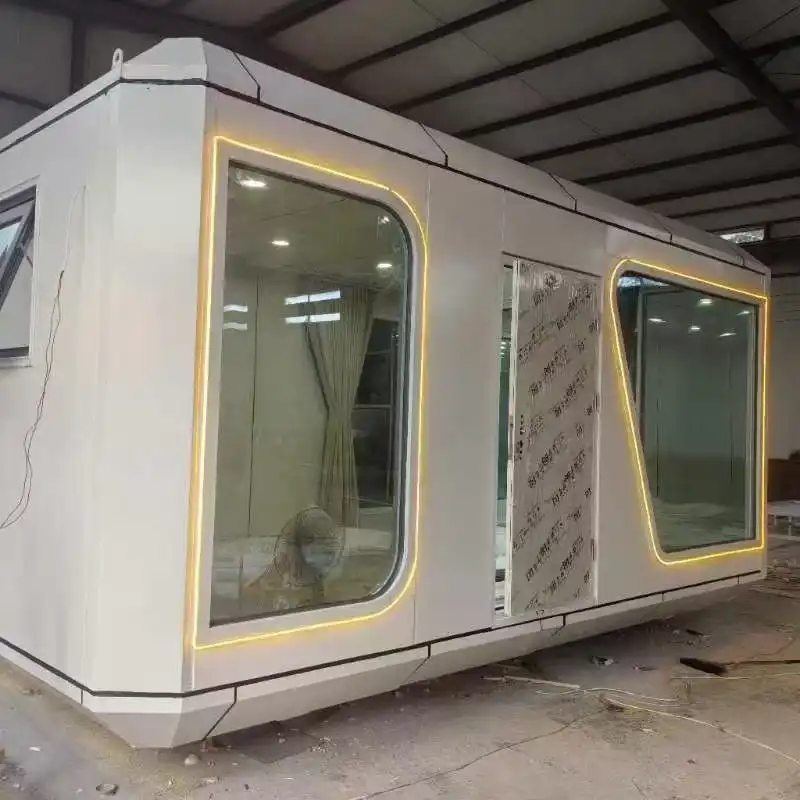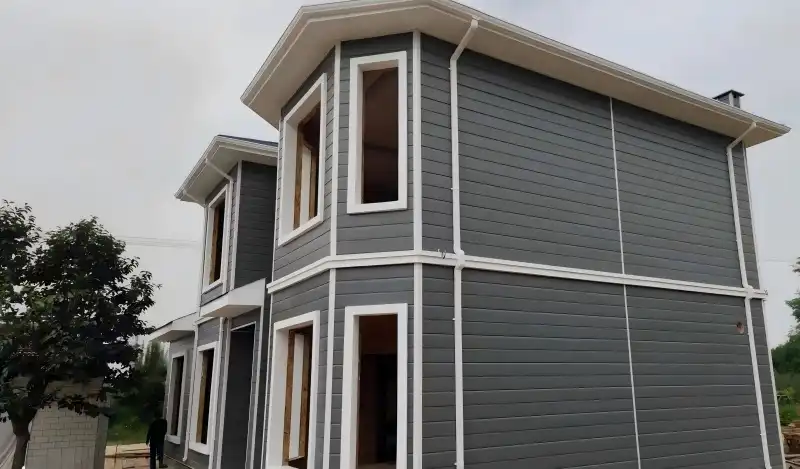Thermal insulation wall panels are transforming the landscape of energy efficiency in construction. These innovative panels significantly reduce heat transfer through building envelopes, resulting in substantial energy savings for heating and cooling. By creating a thermal barrier, they minimize temperature fluctuations inside structures, leading to more consistent and comfortable indoor environments. The advanced materials used in these panels, such as polyurethane, polystyrene, rock wool, and glass wool, offer superior insulation properties compared to traditional building materials. This revolutionary approach to building insulation not only cuts energy costs but also reduces carbon footprints, making thermal insulation wall panels a game-changer in sustainable construction practices.
The Science Behind Thermal Insulation Wall Panels
Understanding the mechanics of thermal insulation wall panels is crucial to appreciating their impact on energy efficiency. These panels work by creating a barrier that impedes heat flow between the interior and exterior of a building. The core of these panels is typically made from materials with low thermal conductivity, such as polyurethane or polystyrene.
R-Value: The Measure of Insulation Effectiveness
The insulation effectiveness of thermal panels is quantified by their R-value, which measures the material's resistance to heat flow. A higher R-value means better thermal insulation and improved energy efficiency. Thermal insulation wall panels typically offer high R-values, making them a top choice for controlling indoor temperatures year-round. This property helps reduce the need for excessive heating in winter and cooling in summer, leading to significant energy savings. Proper selection based on R-value ensures optimal performance tailored to the specific climate conditions and building requirements.
Advanced Materials for Enhanced Performance
Modern thermal insulation wall panels are engineered with advanced materials that enhance energy efficiency and minimize bulk. For instance, aerogel-based panels deliver outstanding insulation performance while remaining remarkably thin and lightweight. These materials combine thermal resistance with design flexibility, making them ideal for space-constrained environments. Other innovations include vacuum insulation panels (VIPs) and high-performance foams that offer excellent heat resistance. These technologies enable architects and engineers to meet strict energy codes while maintaining sleek, modern designs that meet both performance and aesthetic goals.
Benefits Beyond Energy Savings
While the primary function of thermal insulation wall panels is to enhance energy efficiency, they offer a plethora of additional advantages that make them an attractive option for both new constructions and retrofits.
Fire Resistance and Safety
Thermal insulation wall panels are often manufactured with fire-resistant cores and outer layers, providing enhanced safety in case of a fire. Many panels meet stringent international standards, such as ISO 11925-2, with fire ratings ranging from A1 (non-combustible) to B2 (flame-retardant). These characteristics are especially critical in commercial, industrial, and multi-story residential buildings where fire mitigation is a top priority. By slowing the spread of flames and reducing smoke production, fire-rated insulation panels help safeguard both property and human lives while complying with building safety regulations.
Acoustic Insulation for Quieter Spaces
Thermal insulation wall panels also excel in acoustic control, offering effective sound dampening in addition to thermal insulation. These panels reduce both airborne and impact noise by absorbing and blocking sound waves, leading to quieter, more comfortable indoor environments. This is especially beneficial for buildings located in noisy urban areas, near highways, airports, or industrial zones. Schools, offices, and residential complexes also benefit from improved acoustics, as reduced noise levels contribute to concentration, productivity, and overall well-being for occupants throughout the building.
Moisture Control and Indoor Air Quality
Moisture control is another critical feature of thermal insulation wall panels, designed to prevent condensation within wall cavities. By resisting moisture infiltration and allowing vapor diffusion, these panels reduce the risk of mold and mildew growth. This safeguards structural elements from water damage and promotes healthier indoor air quality. Over time, good moisture management helps preserve the integrity of wall systems, lowers maintenance costs, and improves the comfort and safety of the indoor environment. These features are particularly vital in humid climates or buildings with high occupancy rates.
Versatility in Design and Application
The adaptability of thermal insulation wall panels makes them suitable for a wide range of applications, from residential homes to large-scale industrial facilities.
Customization Options
To meet the diverse needs of modern construction, thermal insulation wall panels are highly customizable. They are available in a range of thicknesses (from 50mm to 150mm) and widths (typically 1000mm to 1200mm), and can be fabricated in custom lengths up to 3000mm. This flexibility allows for precise fitting and tailored insulation performance. Beyond size, manufacturers also offer various panel cores and surface treatments to meet specific thermal, fire, or acoustic requirements. These customization capabilities make thermal panels a suitable choice for bespoke architectural designs and performance-driven construction.
Aesthetic Flexibility
In spite of the fact that basically utilitarian, warm separator divider boards can too upgrade a building's visual request. A wide extend of surface finishes—such as powder coating, anodizing, and PVDF painting—allow for imaginative opportunity in color and surface. Whether mirroring stone, wood, or metallic surfaces, these boards can be outlined to coordinate conventional styles or modern patterns. RAL and custom color coordinating administrations give encourage personalization. This combination of execution and plan makes warm boards a best choice for ventures that require both vitality productivity and structural elegance.
Ease of Installation
Thermal cover divider boards are outlined for proficient and direct establishment, making them alluring for both unused development and redesign ventures. Their pre-assembled nature decreases on-site labor, minimizes squander, and abbreviates development timelines. Establishment ordinarily includes steps such as surface planning, cutting to measure, applying cement or mechanical clasp, fixing joints, and wrapping up edges. With appropriate arranging and talented labor, the whole prepare can be completed rapidly and with negligible disturbance. This ease of establishment makes a difference decreasing general venture costs whereas guaranteeing reliable separator execution.
Conclusion
Thermal insulation wall panels are revolutionizing energy efficiency in the construction industry. Their advanced insulation properties, combined with additional benefits such as fire resistance, acoustic insulation, and moisture control, make them an invaluable component in modern building design. As the world continues to focus on sustainable and energy-efficient construction practices, the role of thermal insulation wall panels is set to become increasingly significant. For those interested in learning more about these innovative solutions and how they can be incorporated into your next project, please contact us at info@sdqsc.com.
References
1.International Organization for Standardization. (2020). ISO 11925-2:2020 Reaction to fire tests — Ignitability of products subjected to direct impingement of flame—Part 2: Single-flame source test.
2.U.S. Department of Energy. (2021). Insulation.
3.American Society of Heating, Refrigerating and Air-Conditioning Engineers. (2017). ASHRAE Handbook: Fundamentals. Atlanta, GA: ASHRAE.

.jpg改.webp)
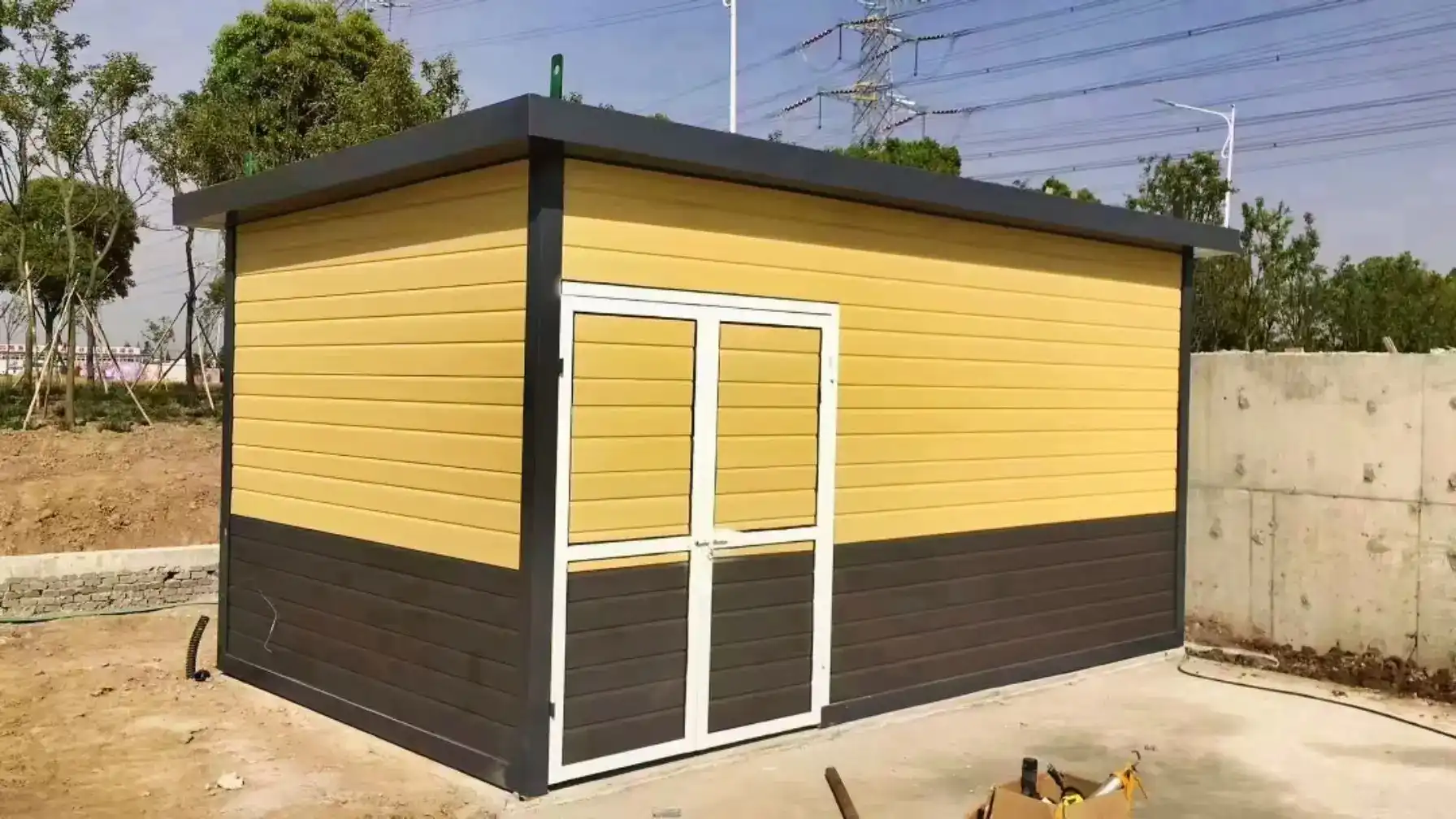

.jpg改.webp)

.jpg高.webp)

.jpg改11.webp)

